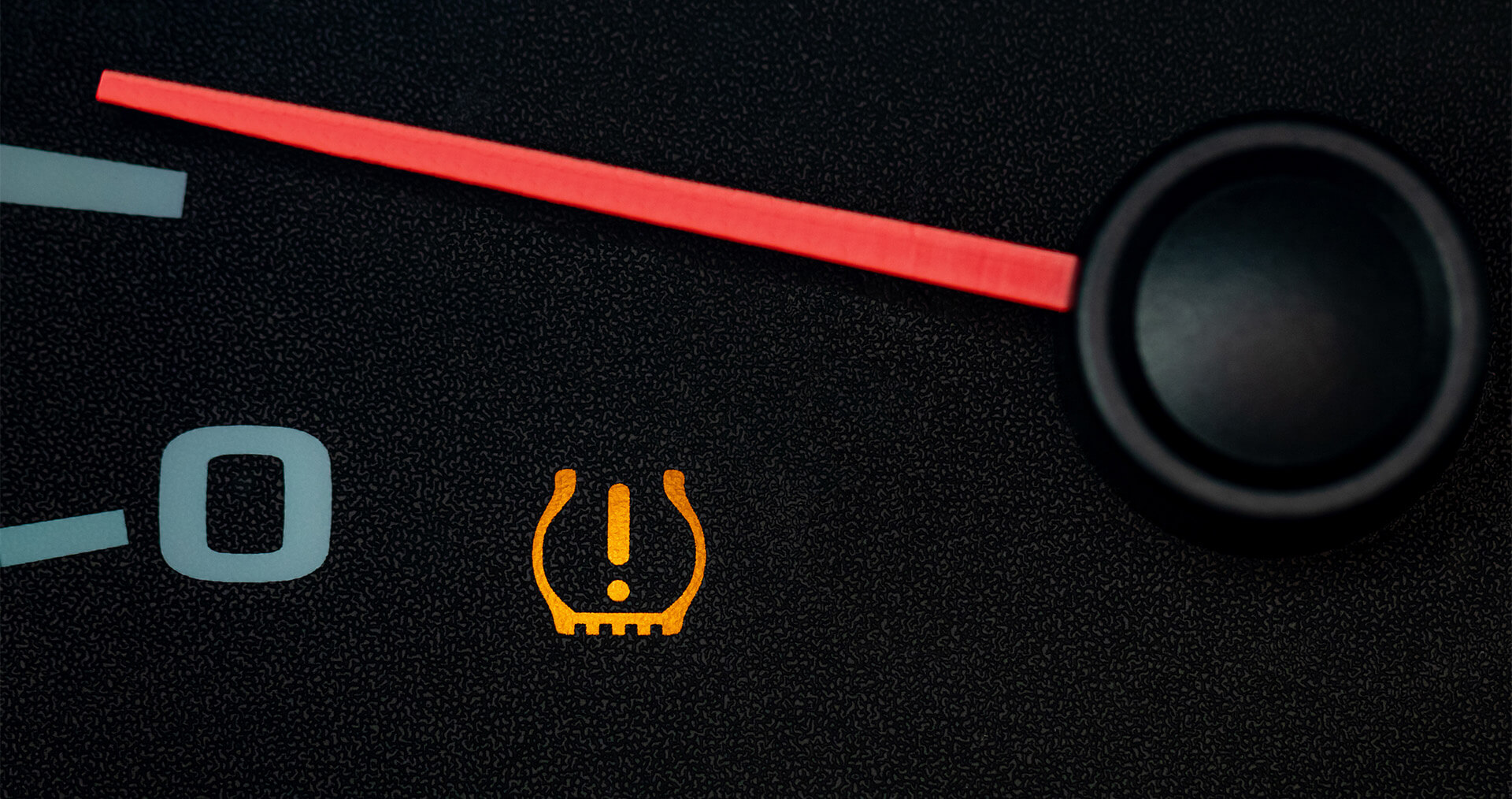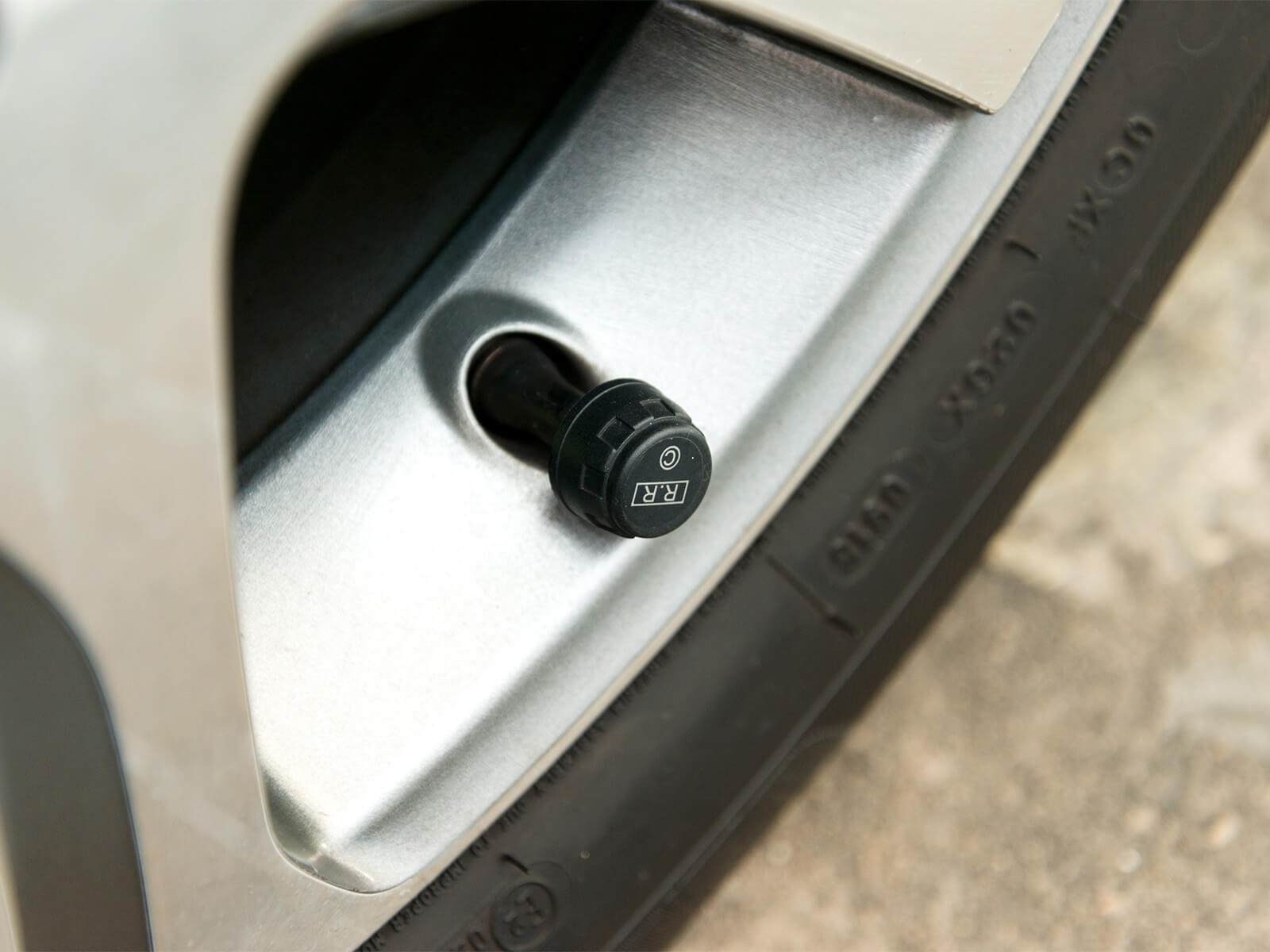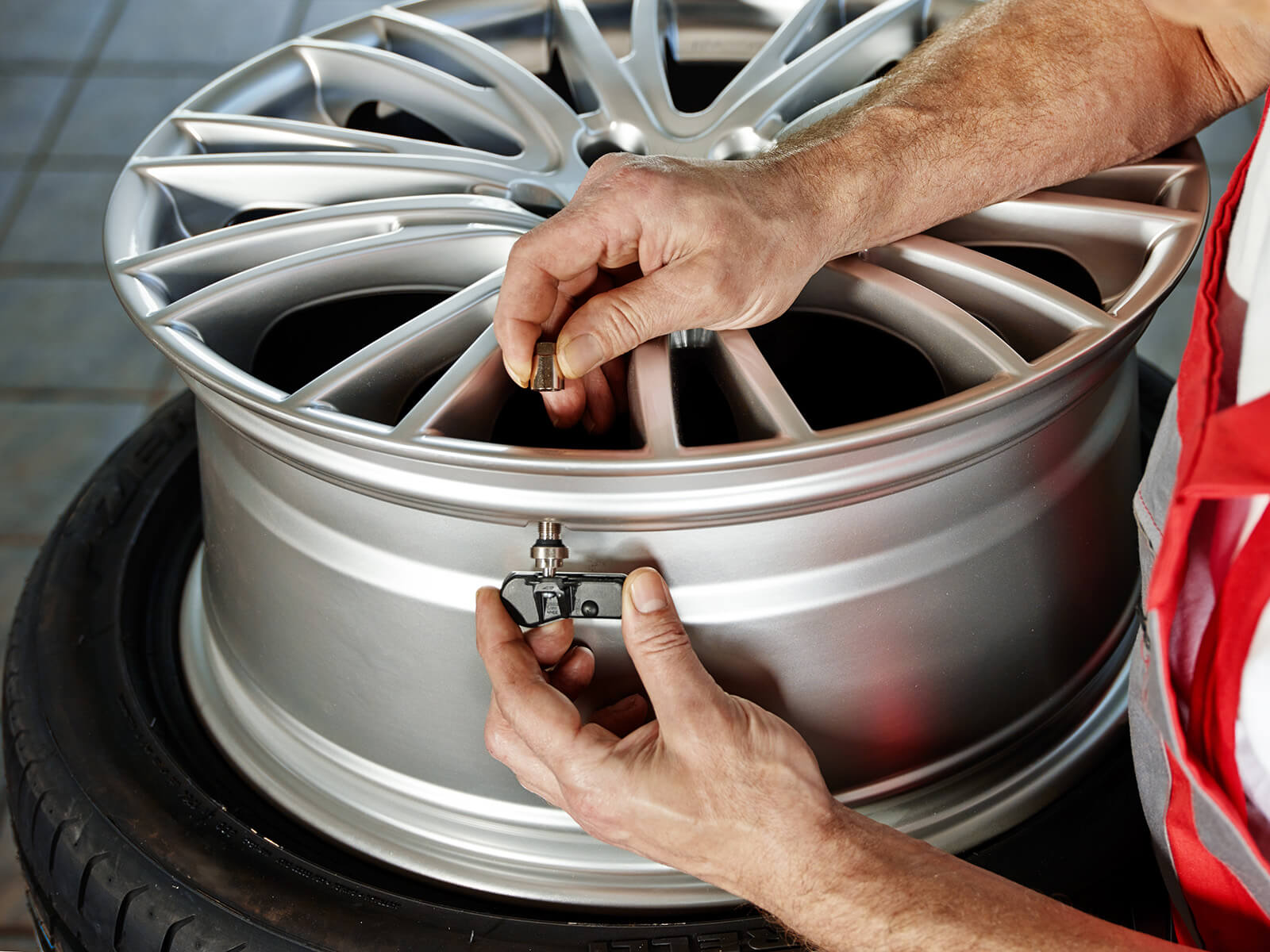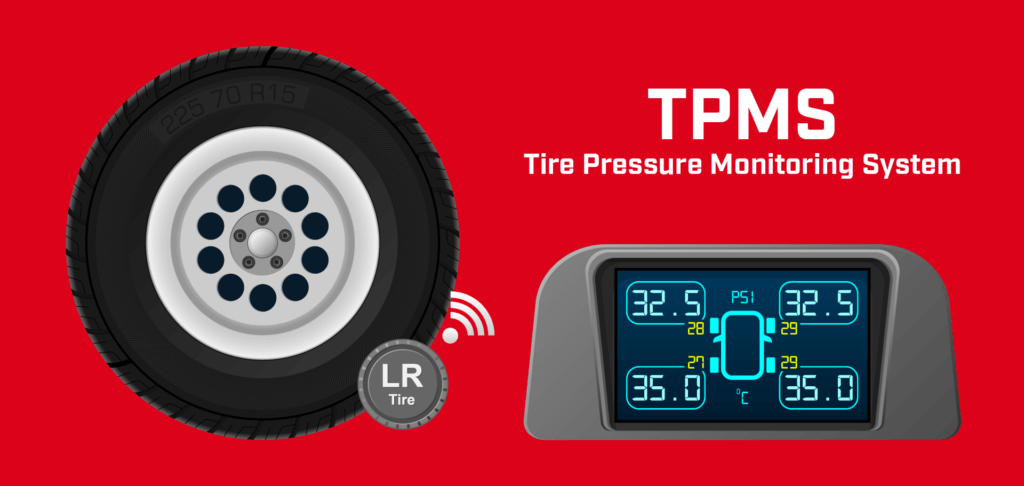
Ever noticed a small light on your dashboard that looks like a tire with an exclamation mark? That’s your Tire Pressure Monitoring System (TPMS) doing its job. This nifty feature is crucial not just for your car’s efficiency but for your safety on the road. While seeing a warning light on your dash might be alarming, think of it as a heads-up from your car, warning you before a small issue like low tire pressure turns into a bigger problem, like poor fuel economy or even a dangerous tire blowout. Most of the time, this light turns on for simple reasons—maybe the air in your tires has dipped a bit, or a change in the weather has affected your tire pressure. Getting to know why this light comes on and what to do can make your drives smoother and safer, so let’s take a closer look.
Your TPMS, or Tire Pressure Monitoring System, is a sensor that monitors the air pressure within your tires. While most modern vehicles are equipped with this feature, it’s important to note that not all cars have a TPMS. Each sensor is usually located in the valve stem or attached to the wheel inside the tire. If the air pressure in any of your tires drops significantly below the manufacturer’s recommended level, the TPMS activates to alert you. This prompt helps ensure your vehicle remains safe to drive, encouraging a quick check and adjustment of the tire pressure as needed.



When that TPMS light flicks on, your first move should be to check the air pressure in your tires. Here’s a simple way to do it:
Keeping your tires at the right pressure isn’t just about avoiding that annoying light—it’s essential for your tires’ longevity, your car’s fuel efficiency, and keeping you safe while you drive.
Looking for more easy-to-follow tire tips? Watch our quick video on essential tire checks you can do yourself—it’s all explained in under a minute!
Seeing your TPMS light stay on can be a little concerning. It generally means that one or more of your tires are running low on air. But if you’ve already topped up the air and the light’s still on, there might be more to it:
Changes in temperature can lead your TPMS light to flicker on and off as the air pressure in your tires adjusts to the weather:
If you’ve done all you can and the light’s behavior still doesn’t make sense, or you suspect the sensors are faulty, getting a professional opinion is a wise move.
You know your TPMS helps keep tabs on your tire pressure, but there are a few myths out there that might give you the wrong idea about what it can really do. Here are some common myths about TPMS and the facts to set them straight:
Myth: TPMS completely replaces the need for manual checks.
Fact: While TPMS is a great tool for monitoring tire pressure, it doesn’t replace the need for regular manual checks with a tire gauge. TPMS alerts you when your tire pressure is significantly low, but manual checks can help you maintain optimal tire pressure and catch issues that TPMS might not detect immediately.
Myth: TPMS monitors tire health beyond just pressure.
Fact: TPMS specifically monitors tire pressure only. It doesn’t assess the overall health of your tires, such as tread depth or structural integrity. Regular inspections by a professional are necessary to evaluate these aspects and ensure your tires are in safe driving condition.
Understanding these facts helps you maintain your vehicle more effectively and prevents relying too heavily on automation that’s meant to assist, not replace regular maintenance practices.
When the TPMS light turns on, there’s no need to panic. It’s generally okay to continue driving for a short distance, but you should aim to check your tire pressure within a day or so. This helps you avoid driving on tires that might be dangerously low on air. While it’s not a crisis, it certainly shouldn’t be ignored. Ignoring the TPMS light may not seem like a big deal at first, but it can lead to several problems down the road:
So before you hit the road, make sure your tires are properly inflated to prevent your TPMS light from making an appearance. Remember, you can typically find the correct tire pressure for your vehicle in the owner’s manual or on a sticker inside the driver’s side door jamb. And if you’re ever unsure about how to check or adjust your tire pressure, Grease Pro is here to help.
Our team is well-equipped to handle all your tire pressure monitoring needs, from routine checks to sensor troubleshooting and more. Don’t wait for a small issue to turn into a major one—let us take care of your tires so you can drive with confidence and safety.
Schedule a service online or simply stop by the location closest to you!
With 12 locations, there's always one close by to service all of your automobile-related needs.
BROWSE ALL LOCATIONS +